“Scientists have found that music stimulates more parts of the brain than any other human function.” These are the words of Elena Mannes in her book, The Power of Music. Music has had significant impacts on communities throughout history and evidently remains influential today through its cultural effects on society and scientific effects on the individual brain.
Music has essentially existed since the beginning of history. Although extremely different from what comes to mind when thinking about music today, it has been representative of many different cultures, religions, societies, and events throughout centuries.
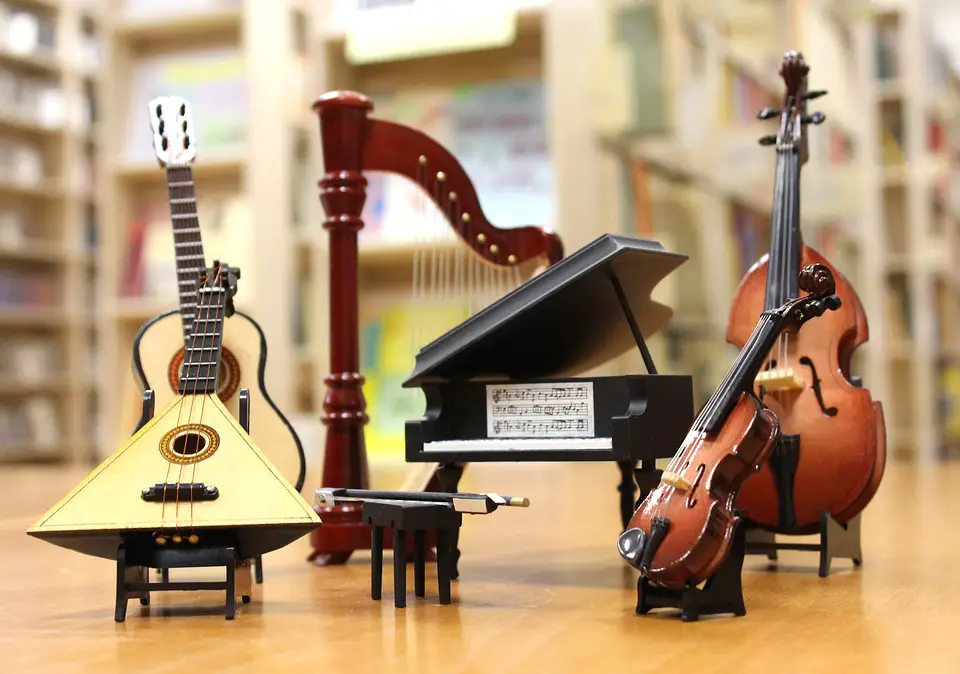
Medieval Times: Music
The history of music begins as early as Medieval times when music had emerged in society through the influence of the power of Roman Catholic churches. The Medieval period was the longest period of music in history and ran between the years 400 and 1400. This music was largely monophonic meaning there was a single melody to each piece of music. Gregorian chant, which would have a single line of vocal melody, was a very common type of music during this time which was heavily influenced by the Church. As the Medieval times evolved, monophonic music eventually turned into polyphonic music with multiple melodies. When the Catholic Church wanted to unify the Church music across the Western world, music notation was first created and documented so people could share and play the same music. Instruments that characterized the music of this era include wooden flutes and wooden string instruments including the first bowed instruments such as the Lyra.
Renaissance Era: Music
After the end of the Medieval era came the Renaissance era. This lasted for approximately the next two hundred years between the years 1400 and 1600. This era made music simpler and easier for everyone to enjoy. The melodies in songs, as well as more balanced polyphony, made for songs that would be easier for people to sing. Different artists also became able to play the same music and adapt it to their music styles as the chords were now more flexible. Lastly, since sheet music could now be printed, music styles and pieces could be popularized as many more people gained access to them.
Baroque Period: Music
The Baroque period came next. From 1600 to 1700, many instruments began playing a larger role in music. Accompanied by these instruments, melodies developed and became more distinctive to give pieces richer sounds. With bass and keyboard, a broader spectrum of sounds good be reached and composers had also first begun adding their unique parts to the scripted music and improvising during their performances.
Classical Era: Music
Between the 1700s and 1800’s the era of classical music was in full swing and harmony was a more prominent aspect to music than ever before. Many known composers, concluding Beethoven and Mozart, emerged during this time.
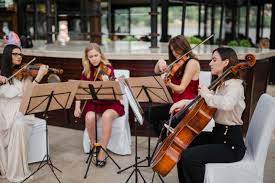
Romantic Era: Music
Following the Classical era came the Romantic era. For the next century, musical compositions became more complex than before, with all the elements from rhythm to melody and harmony. For the first time, more emotion was explicitly expressed in music and many songs had meaning and complexity like never before.
Jazz Music
Finally, the 20th century changed music forever. New technology emerged which allowed for great evolution in music. The invention of the radio let the same music styles be popularized and listened to by everyone. Recording technology and studios also allowed for increased audio quality and more opportunities for musicians to experiment with creation and production. Around the world, many events influenced music. During the beginning of the century, the end of the first World War popularized Jazz music from the United States in clubs and social gatherings where people celebrated the post-war times. Around the middle of the century, classical pop, a new genre of music, began to emerge. Then, in the 1960s as the generation of the baby boomers after World War II became teenagers, rock music was first popular. With groups like the Beatles and The Rolling Stones, this genre of music was changed forever.
The next decade saw the introduction of alternative and indie music as well as funk, disco, and rhythm and blues. In the 1980s, as musicians such as Michael Jackson and Madonna emerged, the music industry again changed immensely. These artists were known around the world and created a new culture of music. Finally, at the end of the century, hip hop and rap music was newly popularized and greatly influenced the style of music that we saw in the 21st century.
Rap, Hip Hop, and Pop Music
Since the 2000s, many artists have explored rap and hip hop music. Rap music remains very popular in western society and is characterized by cultural influences, often representative of social issues and injustices as well as romance. The other genre which emerged at the turn of the century was pop. An abbreviation for popular, pop music describes music which is created by the music industry for large audiences and meant to be common on music streaming platforms as well as radio stations. Many artists became widely known for pop music in the 2010s like Taylor Swift, Katy Perry, Beyonce, and Drake. Today, the same genres remain popular with newer artists like Post Malone, Billie Eilish, Khalid, and Ariana Grande.
Music has been influenced by cultural trends throughout history and has simultaneously affected the culture as well. Today, we hear music in almost every aspect of social life, including social media platforms, tv shows, radio stations, parties, movies, award shows, and more. Many of the songs we hear range in topics from romance to social injustice.
Psychology of Music
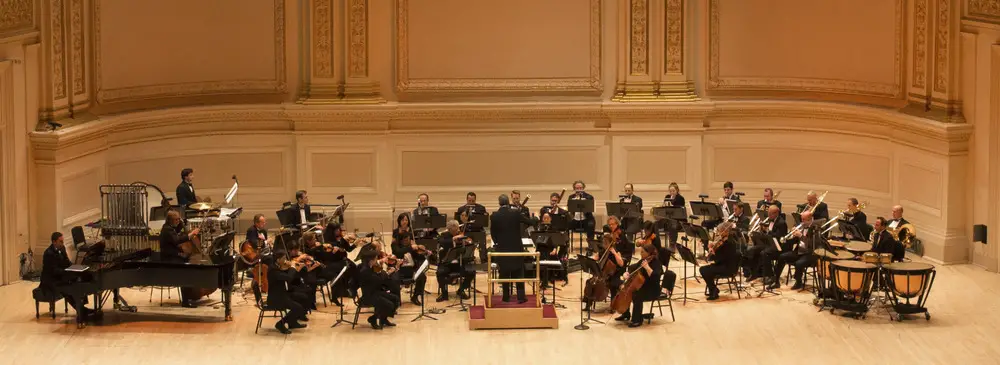
Music is known to bring people together, as a kind of social glue. Researchers have even discovered that our brains have a part dedicated to music. Both the acts of listening to music with others as well as singing together have been proven to be associated with neurochemicals in our brains. Moreover, many of these neurochemicals are linked to the concepts of togetherness and connection. Music also triggers the release of endorphins which boost our mood. Researchers Chris Loerch and Nathan Arbuckle even performed a study where they proved a connection between the effect that listening to music has on someone and their sense of belonging in a group and connection with those around them. Some believe that this happens because the rhythm we hear in music synchronizes our brain and body movements with other people. In this way, the music in a group setting can affect everyone similarly. Lastly, music has also been proven to reduce pain, decrease stress levels, improve memory, and even help people such as stroke patients, those with epilepsy, and those with other brain injuries.
With a rich and extensive history, music remains a timeless aspect of human life through its progression over time as well as its impacts on society and the individual human brain alike.
Works Cited
Dunnett, Ben. “Medieval Music.” Music Theory Academy, 5 Apr. 2018, http://www.musictheoryacademy.com/periods-of-music/medieval-music/.
Levi. “6 Fascinating Periods in Music History.” Learn Piano | Joytunes Blog, 9 May 2016, http://www.joytunes.com/blog/music-fun/6-fascinating-periods-in-music-history-and-how-theyve-influenced-the-music-of-today/.
“The Powerful Effect of Music On the Brain.” The Powerful Effect of Music on the Brain, 1 Feb. 2018, http://www.thetabernaclechoir.org/articles/the-powerful-effect-of-music-on-the-brain.html.
Suttie, Jill. “How Music Bonds Us Together.” Greater Good, 28 June 2016, greatergood.berkeley.edu/article/item/how_music_bonds_us_together.Thomas, John Patrick, and Lukas Foss. “The 20th Century and Beyond.” Encyclopædia Britannica, Encyclopædia Britannica, Inc., 8 Aug. 2011, http://www.britannica.com/art/musical-performance/The-20th-century-and-beyond.
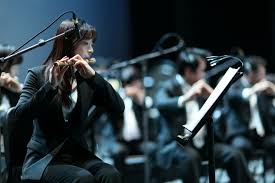
Click and check out these popular articles for more information: 🙂
Circulatory System: Blood Flow Pathway Through the Heart
Ectoderm vs Endoderm vs Mesoderm
Circulatory System: Heart Structures and Functions
Ductus Arteriosus Vs Ductus Venosus Vs Foramen Ovale: Fetal Heart Circulation
Cardiac Arrhythmias: Definition, Types, Symptoms, and Prevention
Upper Vs Lower Respiratory System: Upper vs Lower Respiratory Tract Infections
Seven General Functions of the Respiratory System
Digestive System Anatomy: Diagram, Organs, Structures, and Functions
Kidney Embryology & Development: Easy Lesson
Psychology 101: Crowd Psychology and The Theory of Gustave Le Bon
Introduction to Evolution: Charles Darwin and Alfred Russel Wallace
Copyright © 2022 Moosmosis Organization: All Rights Reserved
All rights reserved. This essay first published on moosmosis.org or any portion thereof may not be reproduced or used in any manner whatsoever
without the express written permission of the publisher at moosmosis.org.

Please Like and Subscribe to our Email List at moosmosis.org, Facebook, Twitter, Youtube to support our open-access youth education initiatives! 🙂
Categories: Creative Writing, education, health, History, humanities, philosophy, psychology, Social Studies

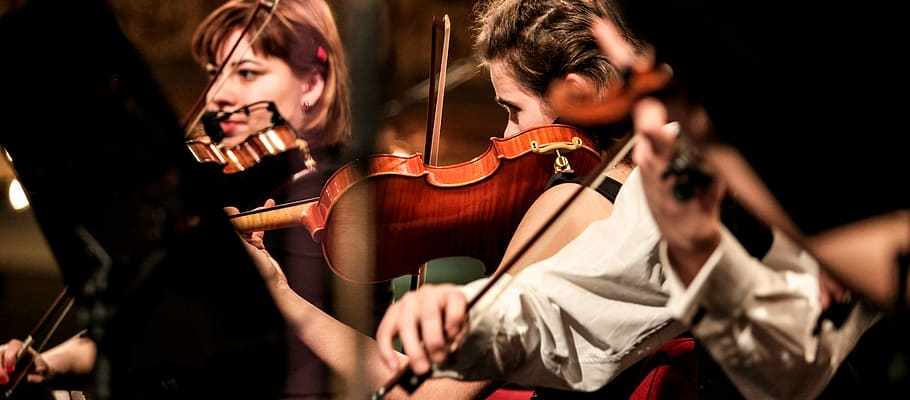












Great article!
LikeLiked by 2 people
Thank you Pam! 🙂
LikeLiked by 1 person